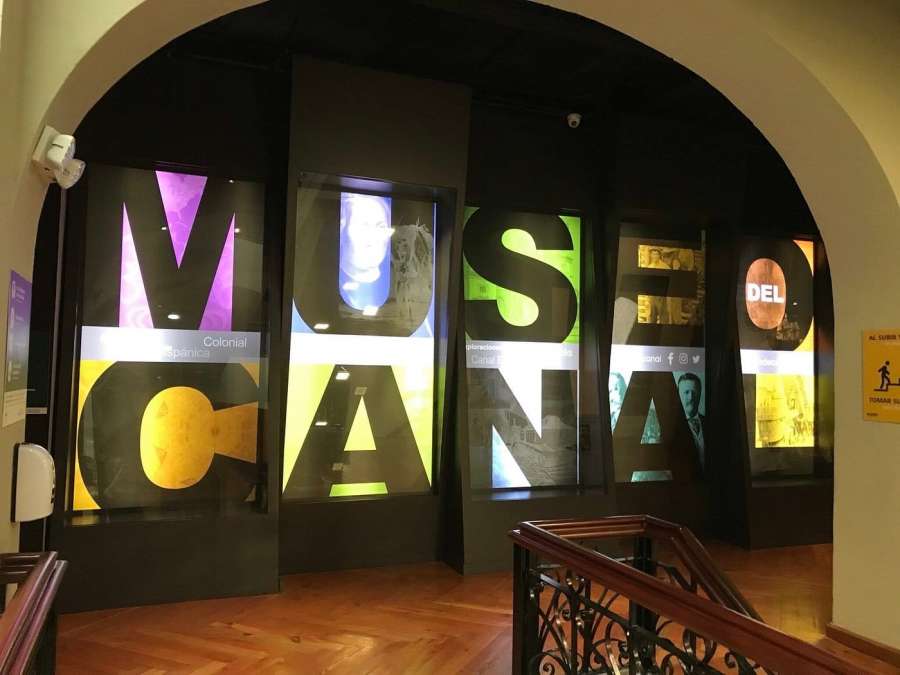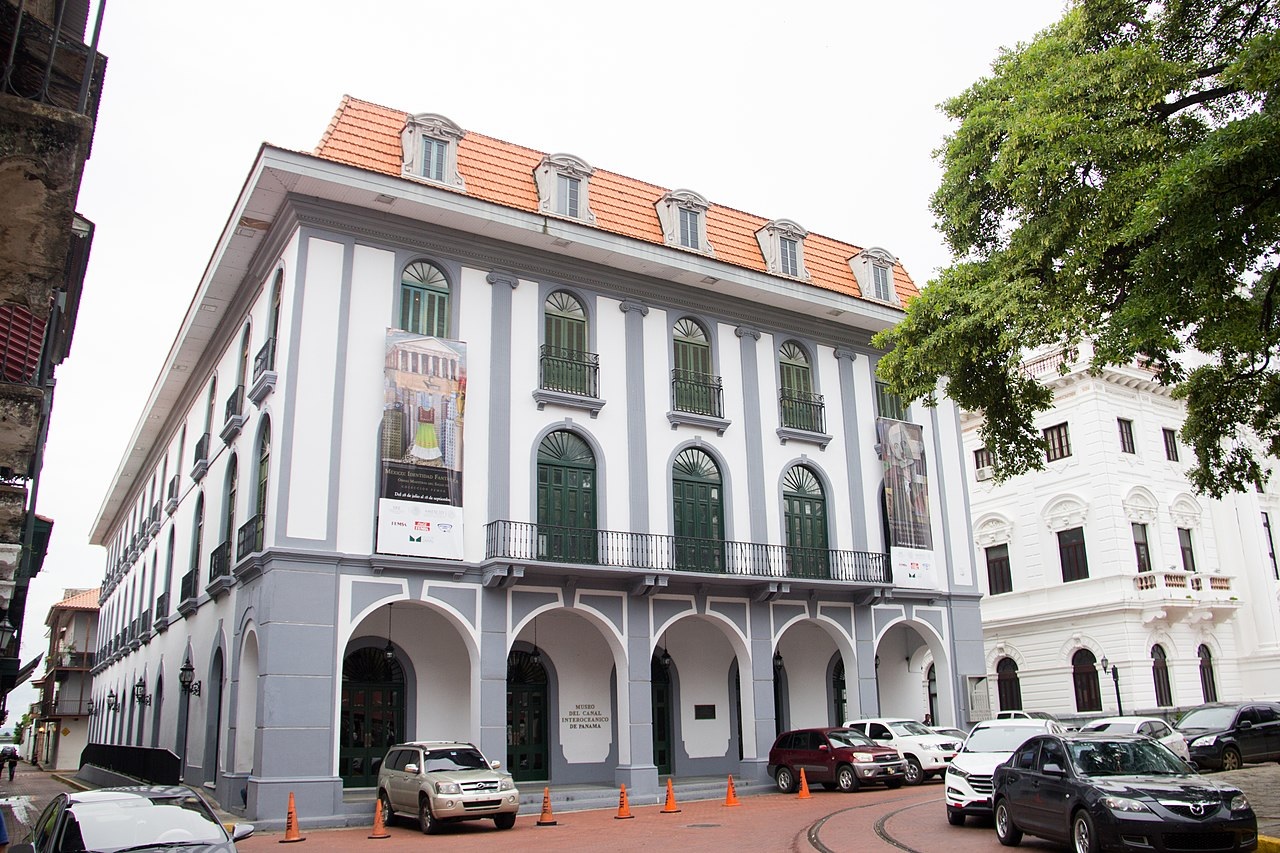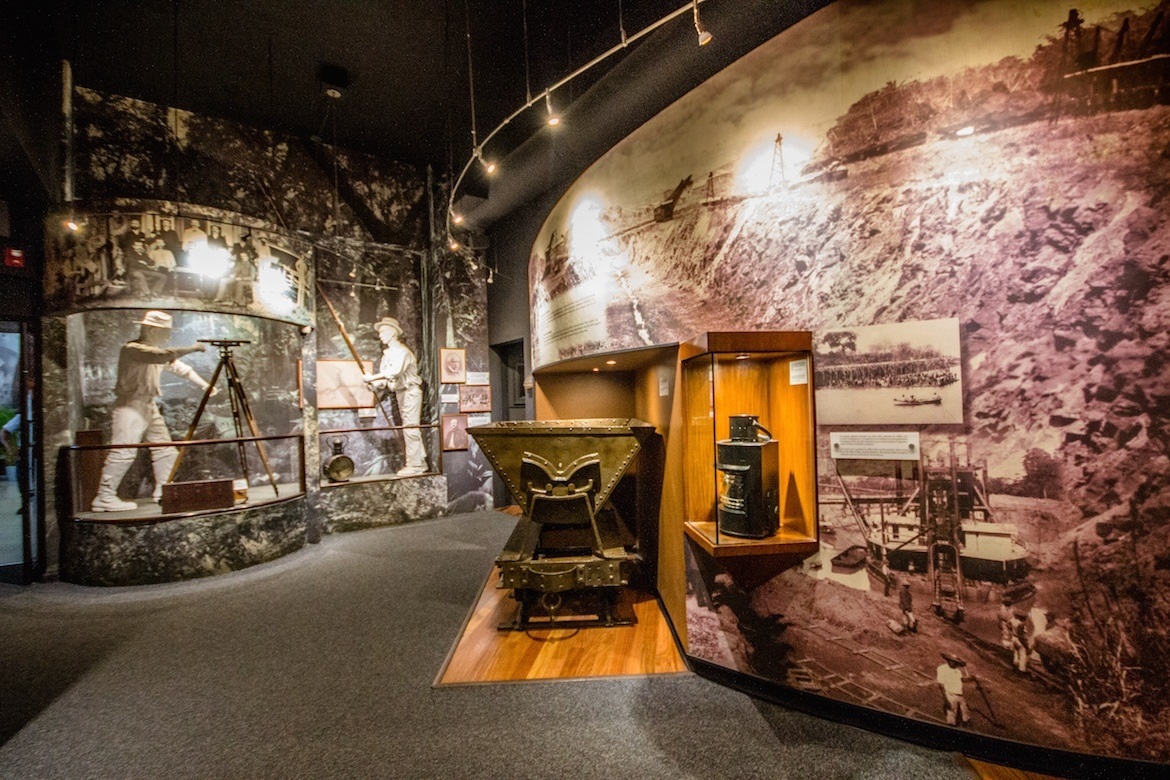Panama Canal Museum to undergo major anniversary expansion

To celebrate 25 years, the institution will add new spaces and programmes, while also rethinking how it can strengthen the local art scene. To mark its 25th anniversary, the Panama Canal Museum in Panama City will undergo a major expansion, opening a new exhibition space, renovating its permanent exhibition, building a new fund to acquire contemporary art, creating a new artist-in-residence programme, and developing a new public events programme.
The project is being led by Ana Elizabeth Gonzalez, the museum's executive director and chief curator since August 2020. A key issue Gonzalez wants to address is how the museum can become an “active agent in strengthening the national art scene”. While Panama has a growing number of artists, there are notably few places to view contemporary art.
The Museum of Contemporary Art (MAC Panama) has a small collection and primarily holds temporary exhibitions, and there are fewer than 20 commercial galleries in Panama City. “I don't think the museum was very welcoming to contemporary artists before", Gonzalez says, "so I think at first when I approached them, they were a bit fearful of what I wanted. But now we’re starting to build a network.”
While the museum has previously hosted temporary exhibitions of works by artists such as Rembrandt and Gauguin, it is now revising its temporary exhibition programme to focus on shows that are in dialogue with its collection. It kicked things off last October with a retrospective of photography by Franco-Cameroonian artist Samuel Fosso, in collaboration with the Panama-based Fundación Casa Santa Ana.

Fosso’s self-portraits address Pan-African identity and representation, from appearing as a Black Pope to his Emperor of Africa series where he portrays himself as Chairman Mao. The museum is increasing its focus on the huge diversity of immigrants within Panama, many of whom came from around the world to build the infrastructure of the country and its canal, yet were rarely acknowledged for doing so—in particular people of colour. Fosso’s first show in Central America has proved popular, with visitors travelling from Colombia, Costa Rica, Honduras, and Guatemala to see it. In December 2022, visitor numbers jumped to 7,081 compared with 2,265 in December 2021.
Another reason for the spike in visitors was the December opening of a new permanent exhibition space, 'The Route for Sovereignty 1964-1999', which takes a closer look at the recent history of Panama, including the dictatorships of Omar Torrijos (who ruled from 1968-1981) and Manuel Noriega (who ruled from 1983-1989). This was a potentially controversial move for the museum: while Noriega is widely accepted as being a dictator, Torrijos is not always classified as one. The latter's positive acts included negotiating the 1977 treaty with the United States to return sovereignty over the canal to Panama, but he was also responsible for the deaths and disappearances of those who opposed his rule.
The museum made an active decision to present these histories by highlighting the victims within the story of both leaders’ routes to power. Staff were also given training on how to answer visitor questions about how the museum acquired the works on display and why these leaders are considered to be dictators. Commenting on the public reception to this show, Gonzalez says: “The most beautiful part is seeing families with their kids, saying ‘oh I was here and this is what I was doing at the time’. That’s the key for me, because if you don’t talk about it, it’s like it never happened, you sweep it under the rug.”
The museum launched a three-month artist-in-residence programme, and selected the Panamanian artist Giana De Dier as its inaugural participant for 2023. Her work focuses on the untold stories of women, recontextualising their histories through photo collages. Emerging and established artists, from Panama and abroad, can apply for the 2024 programme; the museum plans to announce details in the last quarter of 2023.

A new public programme has also been launched to help engage the local community with the museum through events such as behind-the-scenes tours, artist talks, and film screenings. In September 2022, it held its first ever late night event. While Gonzalez was used to visiting late night events at museums when she lived in London, she was surprised to learn that the Canal Museum had never had one. The inaugural event was attended by over 400 people, many of whom had never visited the museum before. Originally scheduled to run from 6pm-11pm, visitors were so engaged with the exhibits that the museum decided to stay open for another two hours before sending everyone home at 1am.
The museum is also expanding its current exhibition space of 1,255 sq m by opening up its attic in July, which will add an extra 211 sq m. Here, it will host a pop-up show on the literature and poetry that was influenced by the canal, before being used for temporary art shows. One exhibition in the pipeline for October is a solo show by the Panamanian artist Itzel Yard (also known as Ix Shells), who is the “highest-selling female NFT artist”, according to Forbes, and has been championed by the prolific curator Hans Ulrich Obrist.

Then in November, the museum will start work on redesigning its permanent collection on the first floor, making it less text heavy and updating the previous colonial language around the “discovery of Panama”.
The final piece in the museum’s anniversary plans is to create a fund for new acquisitions of contemporary art from Panama. The annual budget is currently being established as the museum hopes to boost the amount through fundraising. Gonzales says that in the meantime they are doing a "try before you buy" system. “In terms of acquisitions of works that we want to exhibit, we have a list already of works that we are loaning first, and then evaluating whether we keep them for our permanent collection.”
Text source: https://www.theartnewspaper.com/
Photoes source: Wikipedia & www.globeguide.ca
Also you read it in Russian on our nonformal blog.
